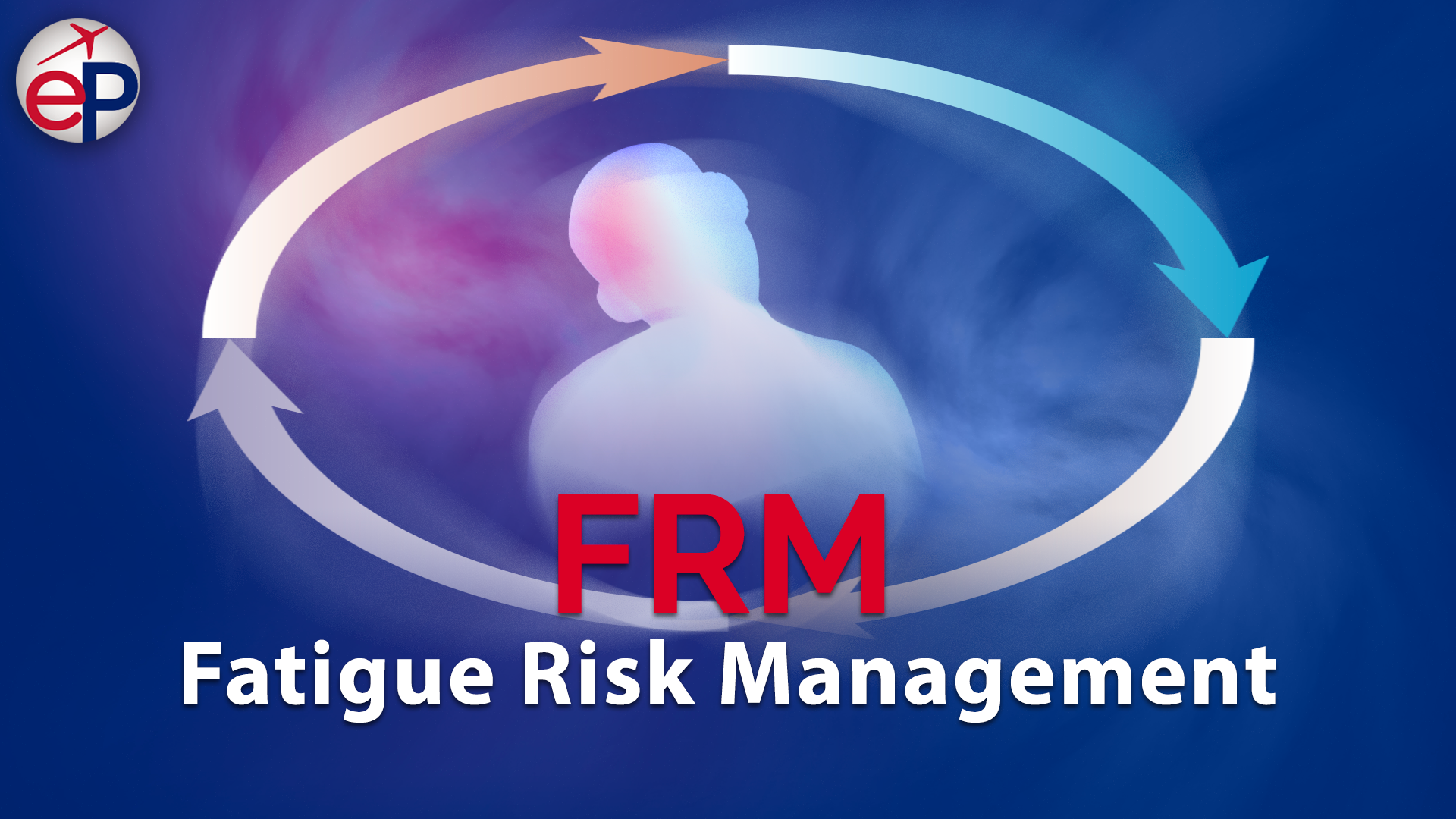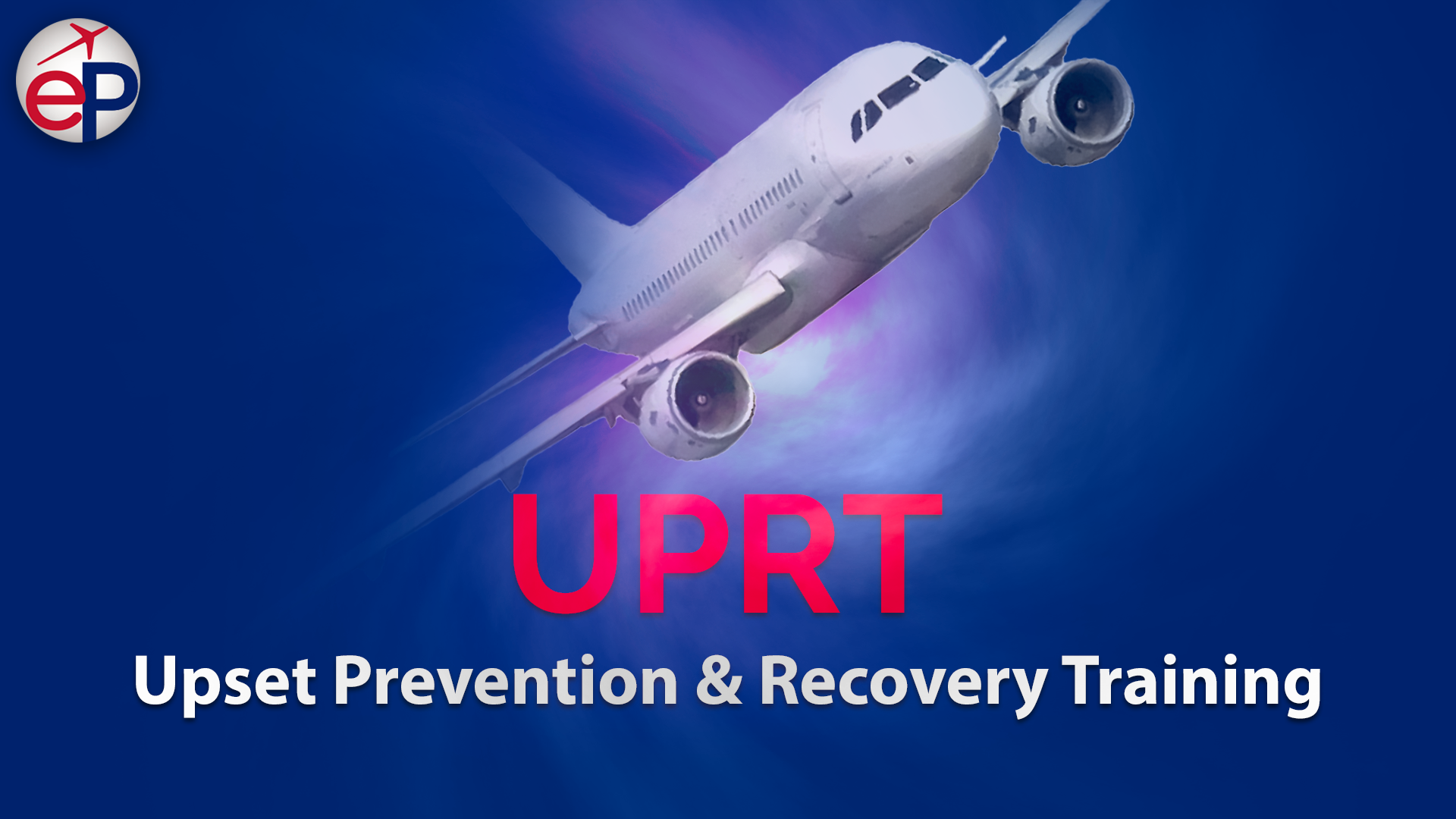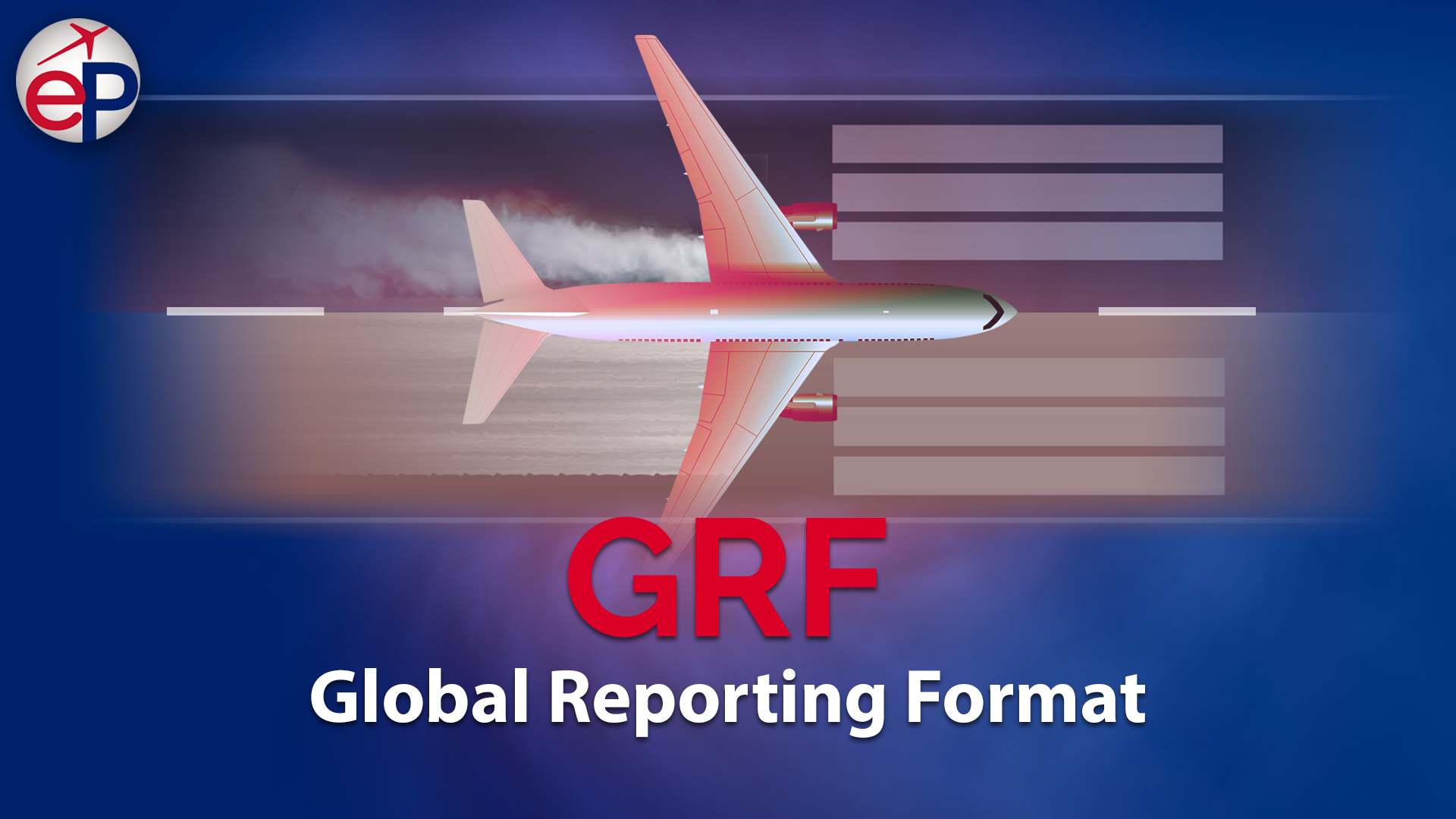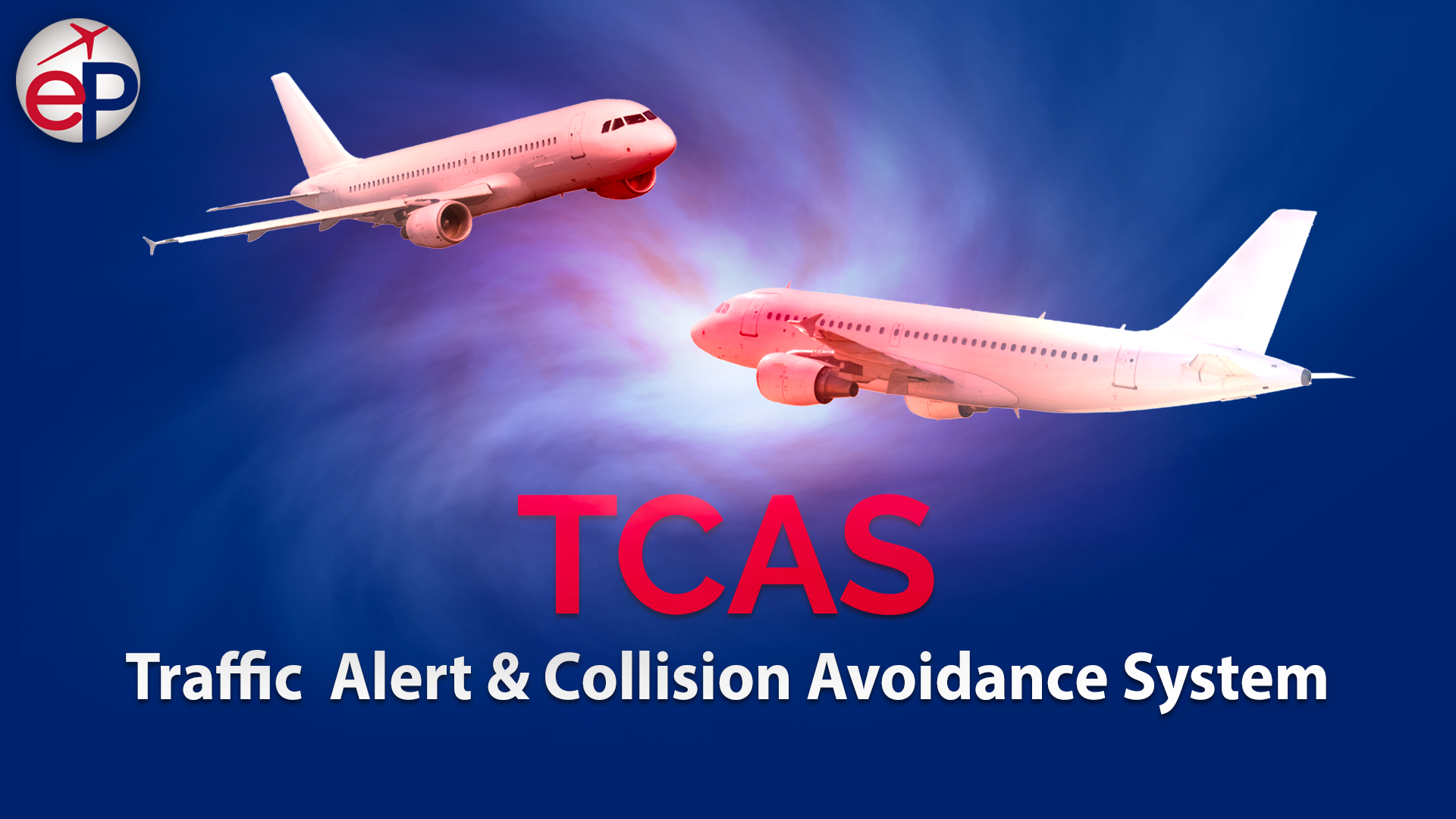FRM
Fatigue Risk Management

This course covers the causes and consequences of fatigue, and the risks taken that could be avoided for better performance especially in a sensitive environment like aviation. The course helps to increase awareness for aviation personnel and the lessons learnt about fatigue.
Course Modules:
Duration: 0h:40m
Flight Crew: Initial/Conversion/Recurrent
Compliance: EASA AIR OPS, Sub-part Flight Crew
- Module (1): Understanding safety hazards associated with fatigue.
- Module (2): Recognise, Identify and deal with fatigue.
Please see below for "Topics Covered".
Here is how you achieve your certification

Training Modules
0h:40m web-based training of 2 modules, must be taken in sequence to satisfy compliance.

Practice Exercise
Practical verbal exercise to recap eLearning, real person voice guidance with multiple-choice questions.

Competency Test
Final assessment, 10 multiple choice questions randomly presented out of a pool of questions with a passing grade of 70%.

Certification
Competency certificate is awarded upon achieving the passing grade.
Topics Covered:
- Fatigue Overview.
- Associated fatigue accidents.
- Fatigue most common characteristics.
- Psychological, Physical and Emotional implications.
- The “Triple Threat” theory.
- Sleep disorder: how does it affect performance.
- Flight-time limitations.
- Fatigue and safety aspects.
- Understanding common misconceptions on fatigue.
- Medical Conditions and Fatigue.
- How does “Fatigue” affects pilot performance.
- How to regulate your “Circadian Rhythm”.
- Healthy life: Exercise, Nutrition and Hydration.
- Safety Report: Does Fatigue condition should be reported?

Our flight crew package consist of 16 essential courses designed exclusively for airlines. For optimal benefit, we recommend taking the full package, and it may workout cheaper than picking individual courses.
Why The Full Package?You may also
be interested in

Situational analysis represented in three parts, the course is designed to increase your understanding of airplane upsets as well as the theory behind flight fundamentals and the aerodynamics that may play a role in the recovery.
See Details
The recently introduced procedures for Runway contamination reporting format worldwide applicability. This course addresses the GRF program initiative and reason for changes, introduction of new codes, evaluation of runway condition assessment matrix and RCR reports.
See Details
Pilots should have complete understanding of the TCAS principles and how the system function. Recognise the benefits and safety aspects of TCAS and understand system components and communication.
See Details